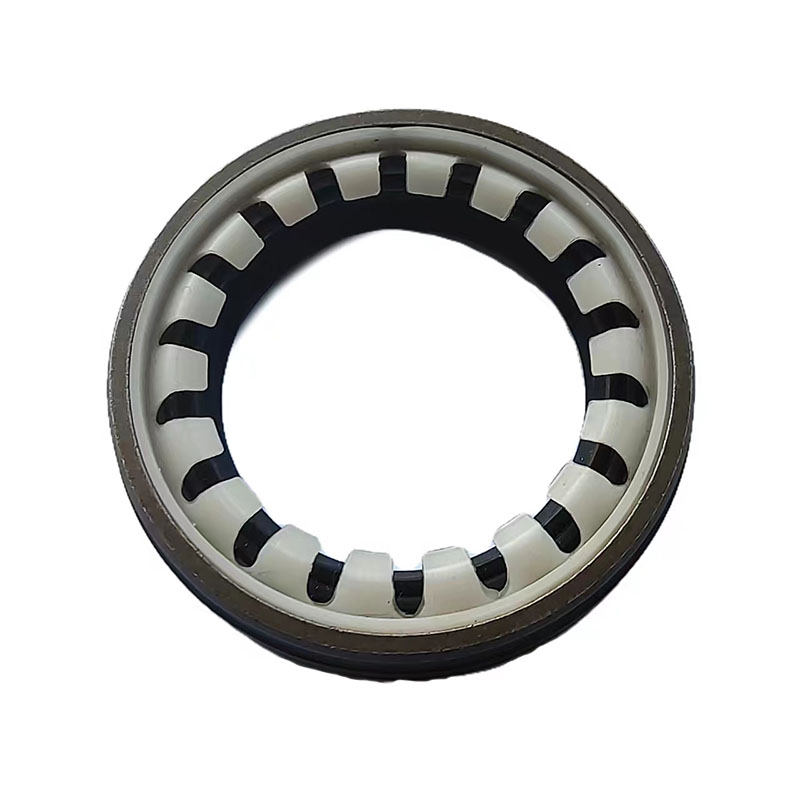flat ring gasket
Understanding Flat Ring Gaskets Essential Components in Sealing Technology
Flat ring gaskets are integral components used in various industries, including automotive, aerospace, manufacturing, and plumbing. Their primary function is to create a seal between two or more surfaces, preventing the escape of fluids or gases while protecting equipment from contamination. The simplicity of design combined with their effectiveness makes flat ring gaskets indispensable in a wide array of applications.
Design and Composition
Flat ring gaskets are typically made from a range of materials, each selected based on the specific requirements of the application. Common materials include rubber, silicone, cork, metal, and various composites. Each material possesses unique properties, such as temperature resistance, chemical compatibility, and compression strength, allowing for customization according to the operational environment.
For example, rubber gaskets are often used in environments where flexibility and elasticity are crucial. They can conform to irregularities in the surfaces they seal, providing a tight fit that minimizes leakage. Conversely, metal gaskets are favored in high-temperature or high-pressure applications, offering superior durability and resistance to deformation.
The basic structure of a flat ring gasket is simple—a circular shape cut from the selected material. The thickness and diameter of the gasket can vary, but the design must accommodate the mating surfaces adequately to ensure a reliable seal. When compressed between the two surfaces, the flat ring gasket deforms slightly, filling in any microscopic gaps and creating an effective barrier against leaks.
Applications of Flat Ring Gaskets
Flat ring gaskets are versatile and can be found in a plethora of applications. In the automotive industry, for instance, they are commonly used in engine components, such as oil pans and cylinder heads, where they help prevent oil and coolant leaks. In plumbing, flat ring gaskets are essential in faucets and fittings, ensuring that water does not escape at connection points.
In the aerospace sector, flat ring gaskets are vital for maintaining the integrity of fuel systems and hydraulic lines, where even minor leaks can lead to catastrophic failures. The chemical processing industry also relies on these gaskets in various piping systems to manage the containment of corrosive substances effectively.
flat ring gasket

Advantages of Flat Ring Gaskets
The benefits of flat ring gaskets are numerous. They provide a cost-effective sealing solution with minimal maintenance requirements. Their simple structure allows for easy installation and replacement, which minimizes downtime in industrial settings. Additionally, the choice of materials means that flat ring gaskets can be engineered to withstand extreme conditions, enhancing their reliability in critical applications.
Furthermore, flat ring gaskets can be produced in various sizes and shapes, making them suitable for both standard and custom fittings. This adaptability is crucial for manufacturers who require specific dimensions for their equipment.
Challenges and Considerations
Despite their advantages, flat ring gaskets are not without challenges. The effectiveness of the seal can be influenced by various factors such as surface finish, bolt tension, and the environment in which they are used. For example, excessive temperature fluctuations can lead to material degradation over time, which may compromise the gasket's integrity.
To mitigate such issues, it is crucial to select the appropriate gasket material and ensure proper installation. Regular maintenance checks are also recommended to identify signs of wear or failure, allowing for timely replacement before leaks occur.
Conclusion
In conclusion, flat ring gaskets are vital components in the realm of sealing technology, offering a practical solution to prevent leaks in a wide range of applications. Understanding their design, material composition, and appropriate uses can lead to more effective and durable sealing solutions, ensuring the reliability and efficiency of equipment across industries. As engineering innovations continue to evolve, the importance of these unsung heroes of industrial mechanics will undoubtedly endure, aiding in our pursuit of efficiency and safety in various environments.
-
The Ultimate Guide to Car Repair Kits: Tools and Essentials Every Driver Should Own
News Aug.01,2025
-
The Complete Guide to Oil Pan Gaskets: Sealing Engine Leaks the Right Way
News Aug.01,2025
-
Preventing Oil Leaks: A Complete Guide to Oil Pan Gaskets and Drain Seals
News Aug.01,2025
-
Everything You Need to Know About Oil Pan Gaskets and Drain Plug Seals
News Aug.01,2025
-
Essential for Car Owners: How to Use a Car Repair Kit to Deal with Minor Breakdown
News Aug.01,2025
-
Comprehensive Guide to Engine Oil Sump Gaskets and Related Seals
News Aug.01,2025
-
The Ultimate Guide to Boat Propeller Bearings and Trailer Wheel Bearings
News Jul.31,2025
Products categories















